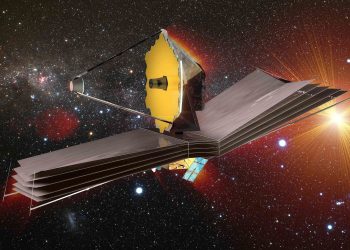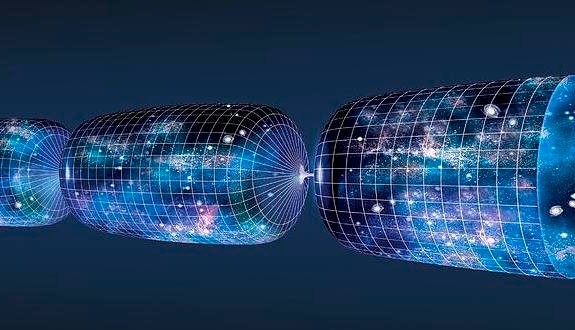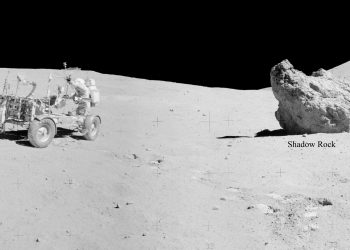In a thrilling breakthrough for exoplanet exploration, a global team of astronomers has discovered a new world orbiting the nearby star HD 86728. This is the first exoplanet detected as part of the NEID Earth Twin Survey (NETS), a program dedicated to finding low-mass planets around nearby bright stars. The discovery was outlined in a recent research paper, released on September 18 through the pre-print server arXiv.
How NEID Revolutionizes Exoplanet Detection
At the core of this discovery is NEID, a state-of-the-art spectrograph that pushes the boundaries of planet-hunting technology. Installed on the 3.5-meter WIYN1 telescope at Kitt Peak National Observatory in Arizona, NEID combines optical and near-infrared capabilities to achieve extreme precision in detecting tiny shifts in starlight caused by orbiting planets. It operates in an environmentally stabilized setting, making it particularly adept at uncovering planets that are otherwise difficult to detect.
Led by Arvind F. Gupta of the U.S. National Science Foundation’s National Optical-Infrared Astronomy Research Laboratory, the research team observed HD 86728—a bright G-type star located approximately 48.6 light-years from Earth. Thanks to the NEID instrument, they were able to identify an orbiting planet, now named HD 86728 b.
HD 86728 b is not just another planet; its characteristics open up a world of possibilities for further exploration. Orbiting its star in a nearly perfect circle every 31.15 days at a distance of 0.19 AU, this planet’s mass is roughly 9.16 times that of Earth, placing it in the category of super-Earths.
What makes this discovery even more intriguing is that most planets with similar masses and orbital periods typically belong to multi-planet systems. If HD 86728 b is truly on its own, it falls into a rare group—only 12% of planets like this have no known companions. However, astronomers caution that more observations are necessary to confirm whether other planets may also be orbiting this star.
Host Star HD 86728: A Close Cousin of Our Sun
HD 86728 shares many similarities with our own Sun. It has a radius about 24% larger than the Sun and a mass comparable to that of our star. With an effective temperature of 5,610 K and a metallicity index of 0.2 dex, this star provides a stable environment, making it an ideal target for exoplanet searches.
The discovery of HD 86728 b underscores the critical role that high-precision instruments like NEID play in the search for distant worlds. Extreme precision radial velocity spectrographs like NEID can detect even the slightest wobbles in a star’s motion, helping astronomers locate smaller planets with longer orbital periods.
As the research team points out, “NEID and other cutting-edge spectrographs are gradually improving sensitivity limits for quiet stars, paving the way for the detection of Earth-like planets.” This technology represents a major step toward finding planets that resemble Earth, potentially offering new insights into the existence of life beyond our solar system.











